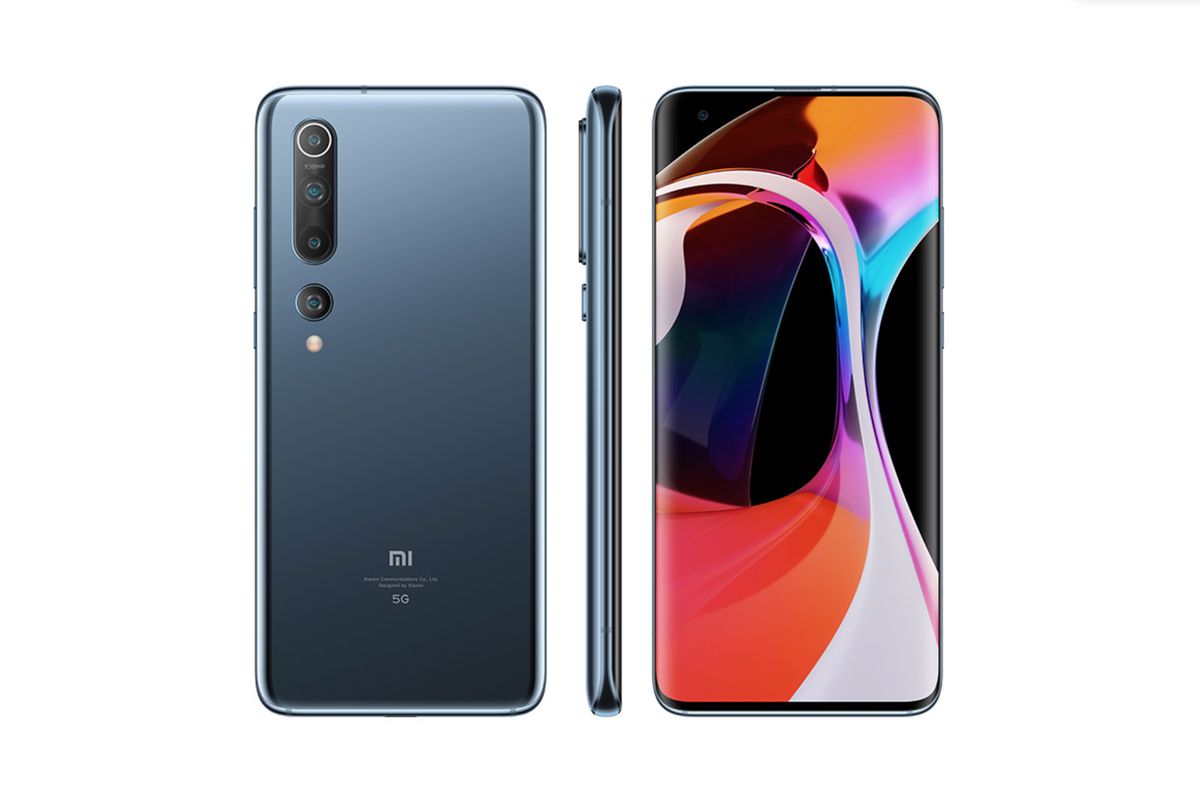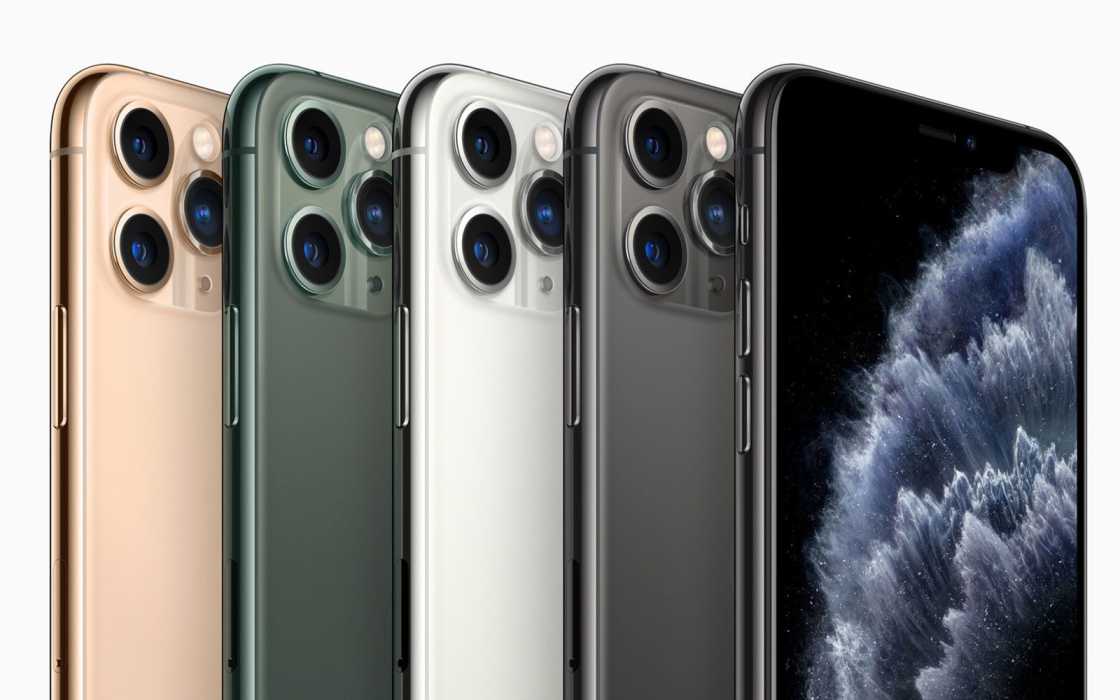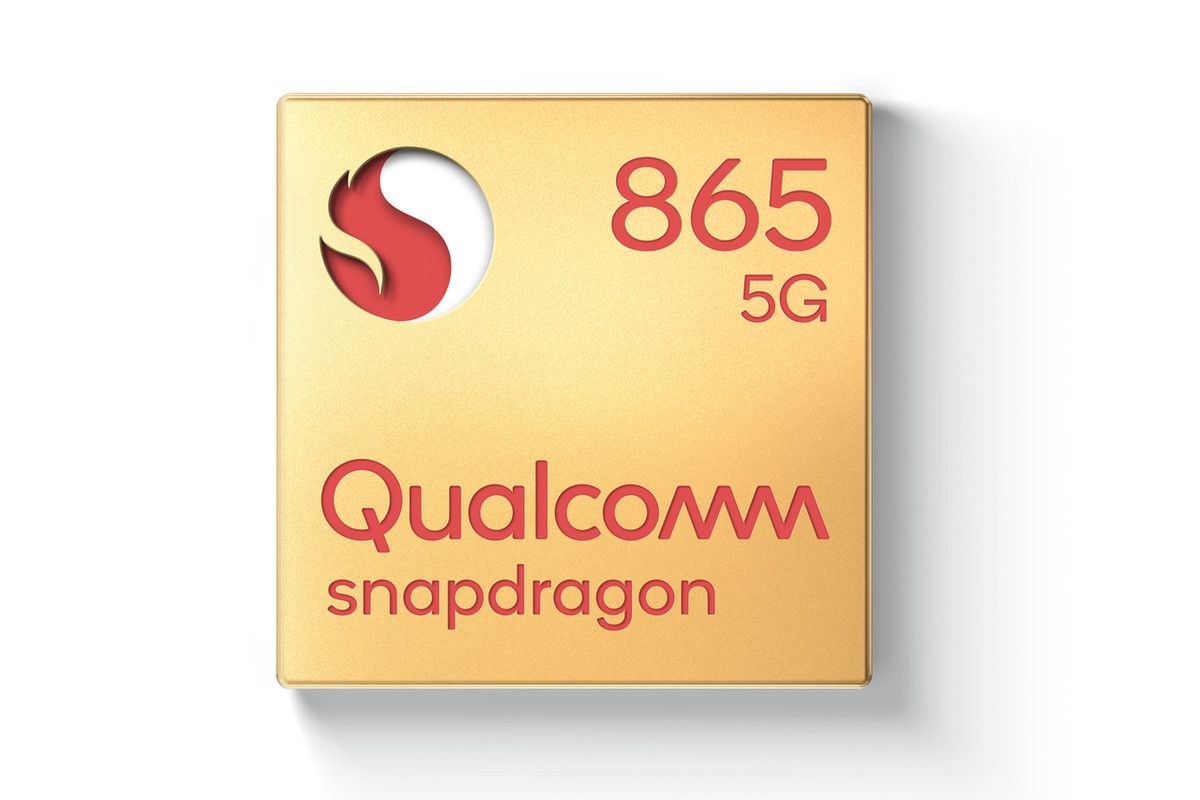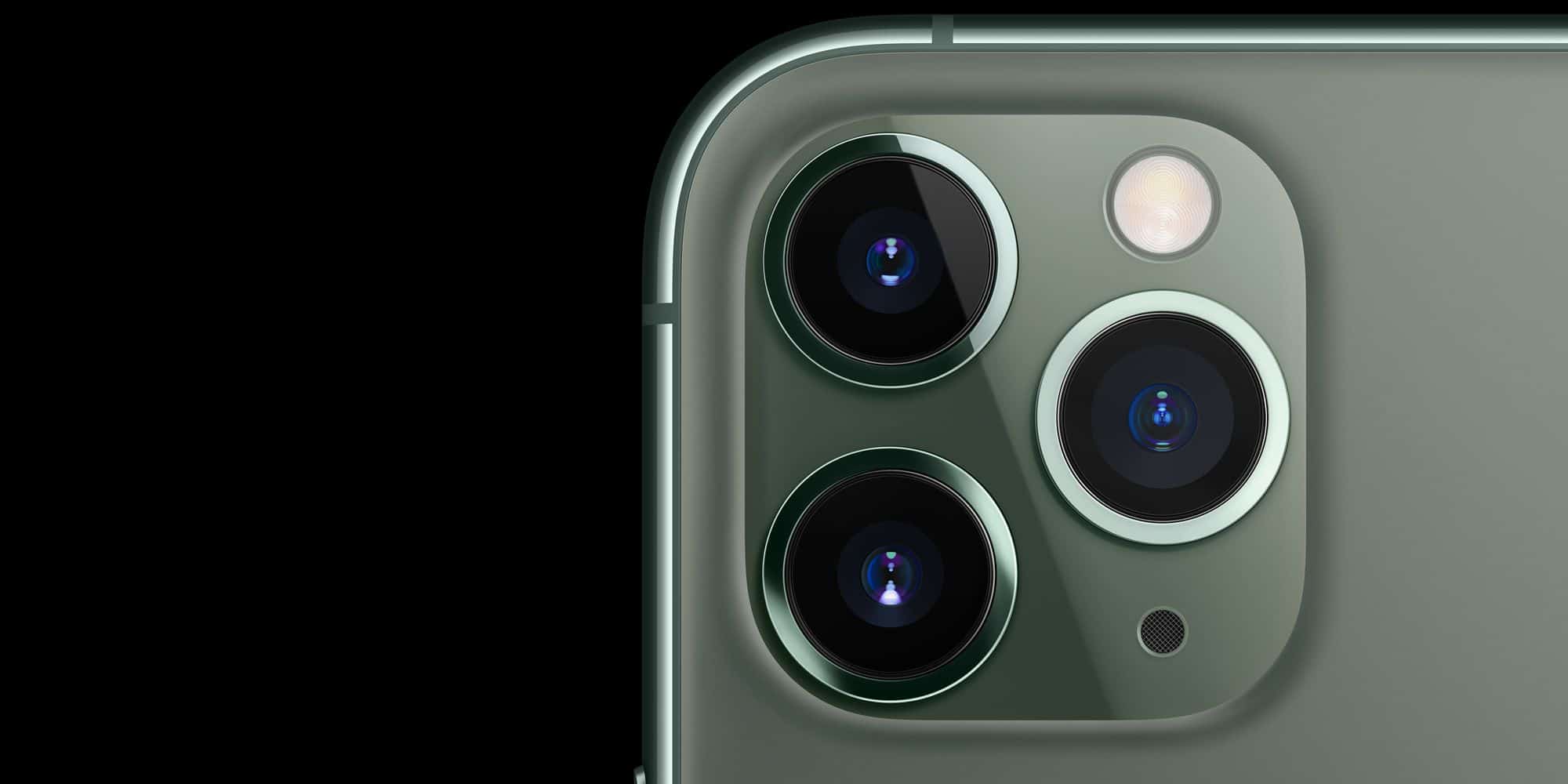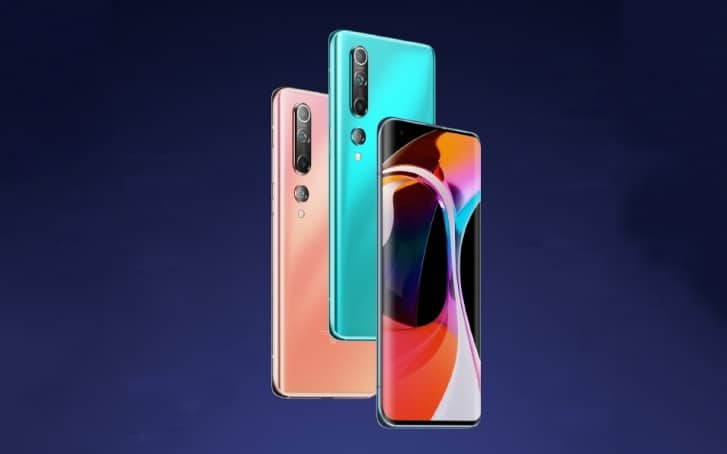Thanks to its behemoth specifications, Xiaomi’s Mi 10 Pro outperforms the latest flagship smartphones like the OnePlus 7T Pro, Apple iPhone 11 Pro Max, and even the newly launched Samsung Galaxy S20 in multiple aspects. In this article, we have compared the Xiaomi Mi 10 Pro to the Apple iPhone 11 Pro Max to see how far have Chinese smartphone makers come into the flagship department.
Xiaomi Mi 10 Pro Vs Apple iPhone 11 Pro Max: Design And Display
Unlike its mid-range smartphones, Xiaomi offers a complete metal and glass construction on the Mi 10 Pro. The overall design aesthetics of the Xiaomi Mi 10 Pro look premium and modern. The quad-camera setup on this smartphone is arranged in a vertical orientation.
Xiaomi Mi 10 Pro Vs Apple iPhone 11 Pro Max: Design And DisplayXiaomi Mi 10 Pro Vs Apple iPhone 11 Pro Max: Performance And StorageXiaomi Mi 10 Pro Vs Apple iPhone 11 Pro Max: CameraOther Important FeaturesPricing And Availability
As for the display, the Mi 10 Pro sports a 6.67 inches Super AMOLED panel with a resolution of 1080 x 2340 pixels and an aspect ratio of 19.5:9. Some of the major highlights of the display on Mi 10 Pro are 90Hz refresh rate, Corning Gorilla Glass 5 protection, and support for HDR10+ content.
Apple offers some of the most well-constructed smartphones in the industry, and the latest iPhone 11 Pro Max is no exception. The 2019 iPhone features a front and back glass construction coupled with a stainless steel frame. The triple-camera setup on the back of this smartphone is aligned in a square orientation. Lastly, iPhone 11 Pro Max comes with IP68 dust & water resistance. iPhone 11 Pro Max features a 6.5 inches Super Retina XDR OLED display with a resolution of 1242 x 2688 pixels and an aspect ratio of 19.5:9.
Both these smartphones sport premium construction, and they can easily sustain rough usage. The display on the iPhone 11 Pro Max is much better than Mi 10 Pro. However, the hole-punch front-facing camera cutout on the Xiaomi flagship is comparatively less intruding then the notch on iPhone.
Xiaomi Mi 10 Pro Vs Apple iPhone 11 Pro Max: Performance And Storage
Xiaomi’s Mi 10 Pro is powered by the flagship Snapdragon 865 processor coupled with Adreno 650 GPU. The Mi 10 Pro can effortlessly handle heavy multitasking, long gaming sessions, and other resource-intensive tasks like video editing, music mixing, and much more. This flagship smartphone is available in the following RAM and storage configurations.
256GB Storage & 8GB RAM 256GB Storage & 12GB RAM 512GB Storage & 12GB RAM
On the other hand, iPhone 11 Pro Max is powered by the Apple A13 Bionic processor. This 7 nm+ chipset offers exceptionally great performance no matter what you throw at it. As you might know, iOS is very well optimized for iPhones, which further enhances the overall performance of this device. Apple iPhone 11 Pro Max comes with 4GB RAM, and it’s available in 64GB, 256GB, and 512GB storage variants. If performance is on the top of your priority list, then both these smartphones won’t disappoint you.
Xiaomi Mi 10 Pro Vs Apple iPhone 11 Pro Max: Camera
Xiaomi Mi 10 Pro sports a quad camera setup. This setup consists of a 108 MP, f/1.7 primary sensor coupled with an 8 MP, f/2.0 telephoto lens, a 12 MP, f/2.0 portrait lens, and a 20 MP, f/2.2 ultrawide sensor. The primary 108 MP sensor on this smartphone is capable of shooting 8K resolution videos. Furthermore, the 8MP f/2.0 telephoto lens offers a 10x hybrid optical zoom with minimal loss in quality. The 20 MP, f/2.0 front-facing camera is also wide enough to take group selfies.
Apple iPhone 11 Pro Max features a triple camera setup consisting of a 12 MP, f/1.8 primary sensor coupled with a 12 MP, f/2.0 telephoto lens, and a 12 MP, f/2.4 ultrawide lens. Lastly, there’s a 12 MP, f/2.2 front-facing camera on this device. Thanks to Apple’s enhanced software processing, this smartphone captures professional-looking photos in ideal lighting conditions. You can shoot 4K videos on the iPhone 11 Pro Max at 60fps. Both these smartphones feature versatile camera setups, and you won’t be disappointed by the quality of either. That said, the Mi 10 Pro beats out the iPhone 11 Pro as far as on-paper camera specs are concerned. The DxOmark rating of the rear camera setup of the Mi 10 Pro is 124, while the iPhone 11 Pro earned a score of 117.
Other Important Features
Xiaomi’s Mi 10 Pro 5G is backed up by a massive 4500 mAh battery. This smartphone supports 50W fast battery charging and it also offers 10W reverse wireless charging. The Mi 10 Pro runs on MIUI 11 custom skin that’s based on Android 10.0. In order to maintain design consistency, Xiaomi has offered an under-display optical fingerprint sensor on this smartphone. As its name suggests, the Mi 10 Pro 5G is a 5G capable smartphone.
The 3969 mAh battery on the iPhone 11 Pro Max can easily sustain a day or two of moderate to heavy usage. Furthermore, you can use the 18W fast-charging to charge this smartphone to 50% in 30 minutes. The iPhone 11 Pro Max runs on iOS 13.3. Similar to the previous two generations, iPhone 11 Pro Max also relies on Face ID for unlocking the device and making payments. The base variant of this iPhone retails for a price of $1,099. This smartphone is available in Space Gray, Silver, Gold, Midnight Green color variants.
Pricing And Availability
The base variant of Mi 10 Pro retails for a price of 4,999 yuan or roughly 580 USD. This smartphone is available in Pearl White and Starry blue color variants. Presently, Mi 10 Pro is only launched in China. We can expect, Xiaomi to soon launch this flagship smartphone globally. The base variant of this iPhone retails for a price of $1,099. This smartphone is available in Space Gray, Silver, Gold, Midnight Green color variants. CONCLUSION So this was a detailed comparison between the Xiaomi Mi 10 Pro and Apple iPhone 11 Pro Max which shows that the Mi 10 Pro genuinely beats out the iPhone in multiple aspects.
